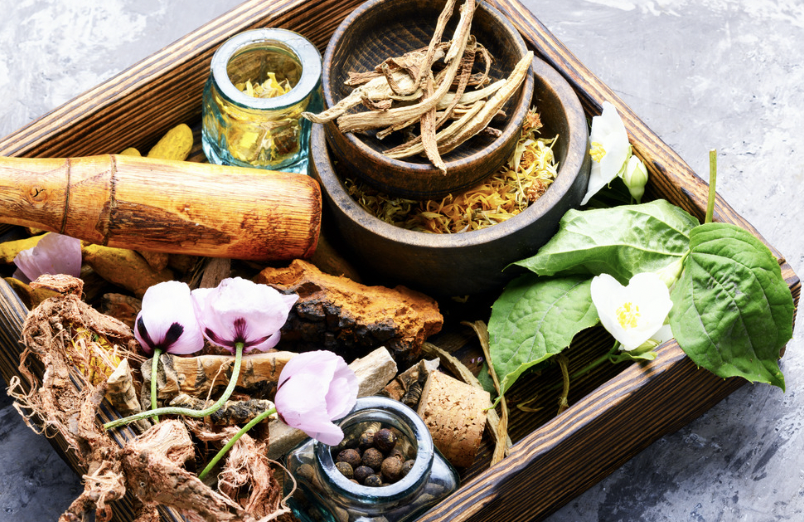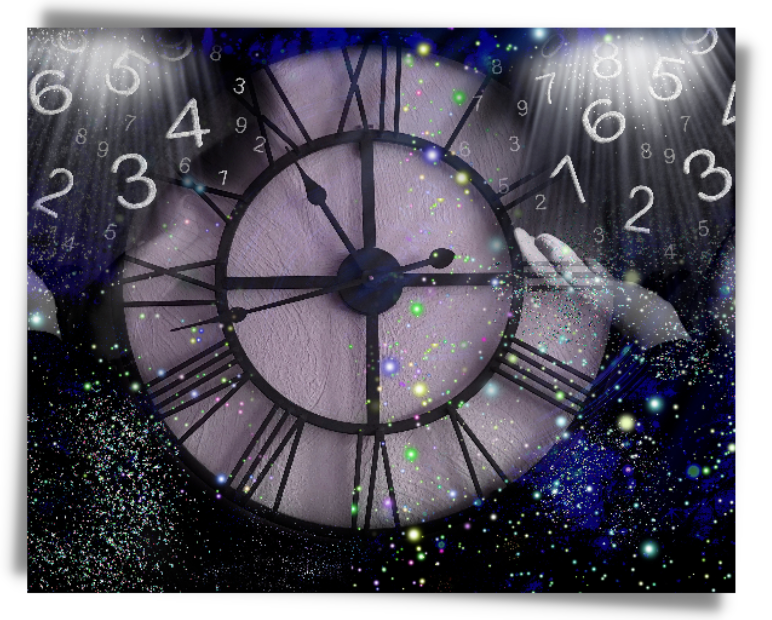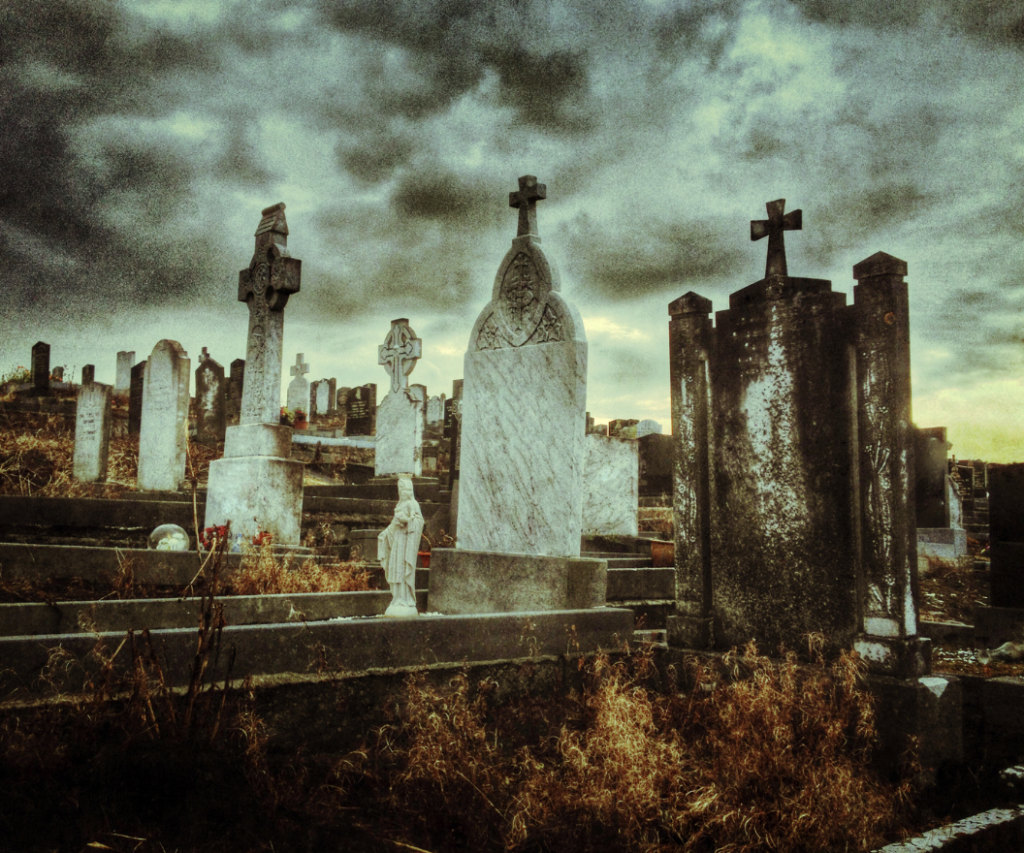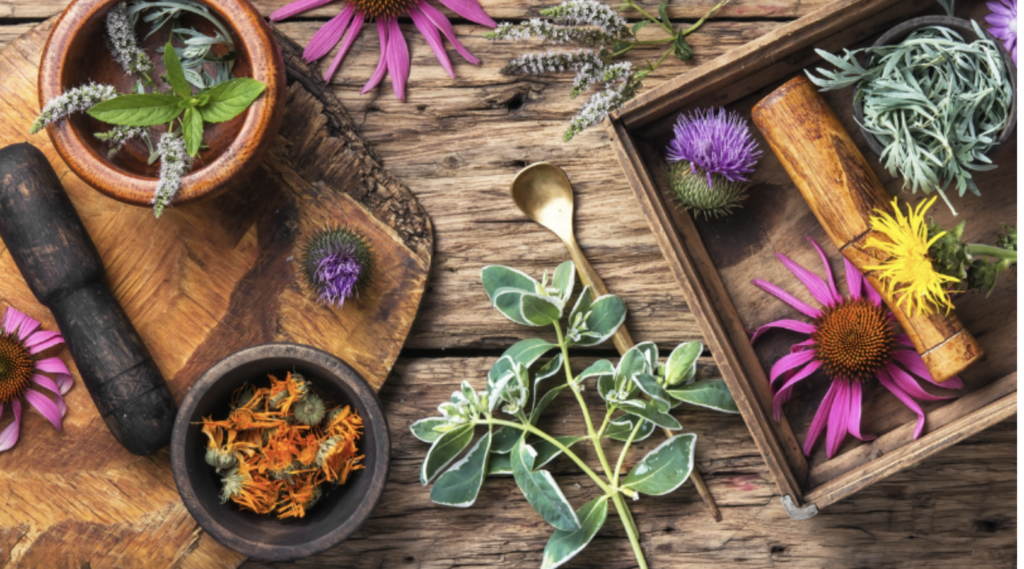Unleashing the Magic: Exploring the Fascinating History of Cauldrons

From ancient folklore to modern-day witchcraft, the iconic image of a cauldron bubbling over an open fire has captured our imagination for centuries. These enchanted vessels have been associated with mystery and magic, stirring within us a sense of curiosity and wonder. Join us as we embark on a fascinating journey, delving deep into the captivating history of cauldrons.
The Birth of Cauldrons: An Ancient Connection with the Elements
Cauldrons trace their roots back to ancient civilizations, where they were an essential tool in various cultures. Originating in Bronze Age Europe, cauldrons were primarily crafted from bronze or iron, and were used for a multitude of purposes. They were revered as vessels that connected the earthly realm to the spiritual world.
Archaeological discoveries have revealed cauldrons buried alongside human remains, implying their significance in funerary rituals. These vessels were believed to offer safe passage to the afterlife, symbolizing an eternal connection with the elements of earth, fire, water, and air.
A Cauldron for Every Occasion: A Glimpse into their Diverse Uses
Cauldrons are not merely confined to legends and myths but were invaluable in everyday life for our ancestors. Acting as all-purpose cooking pots, cauldrons were used to prepare meals, brew potions, and even dye fabrics. Their versatility made them essential for survival and creativity alike.
In ancient Celtic traditions, cauldrons played a prominent role in sacred ceremonies and rituals. They were believed to possess the power of transformation, allowing the concoction of mythical potions and spells. These rituals often involved the gathering of herbs and plants, as well as the invocation of deities for blessings and protection.


Cauldrons in Folklore: A Source of Legendary Tales and Beliefs
The enchantment surrounding cauldrons has persisted through centuries of folklore and storytelling. We encounter them as an integral part of fairy tales and folklore, where they take on new dimensions of mystery and wonder.
One notable example can be found in the Arthurian legend of the Holy Grail, with its associations to the mystical cauldron of rebirth and restoration. The image of the cauldron as a vessel of rejuvenation symbolizes the cyclical nature of life and the potential for transformation.

Frequently Asked Questions (FAQs)
Are cauldrons still used today?
Yes, cauldrons continue to be utilized in various spiritual practices, such as Wicca and modern witchcraft. They hold symbolic significance and are often used for rituals, offerings, and spellwork.
Can I purchase a cauldron for personal use?
Absolutely! Cauldrons can be found in specialty shops, online marketplaces, and even antique stores. Whether you are interested in them for their historical value or to incorporate into your own spiritual practices, these enchanted vessels are widely available.
How can I care for my cauldron?
Depending on the material of your cauldron, caring for it can differ. Cast iron cauldrons require seasoning with oil to maintain their durability, while copper or bronze cauldrons may need occasional polishing. Always refer to the specific care instructions provided by the manufacturer.
Are there any safety precautions to consider when using a cauldron?
When using a cauldron over an open fire, ensure that it is on a stable, non-flammable surface and keep a fire extinguisher nearby. Take necessary precautions to prevent burns and injuries.
The captivating history of cauldrons reminds us of our connection to the past, and the enduring power of our imagination. From their ancient origins to their place in modern spiritual practice, cauldrons continue to infuse our lives with a sense of enchantment.
As we delve deeper into the fascinating history of these magical vessels, may we embrace the legacy they carry while unleashing our own potential for transformation and creativity. Let the cauldron ignite the spark of wonder within you, as we honor its enduring presence in our mythical tales and everyday lives.






Responses